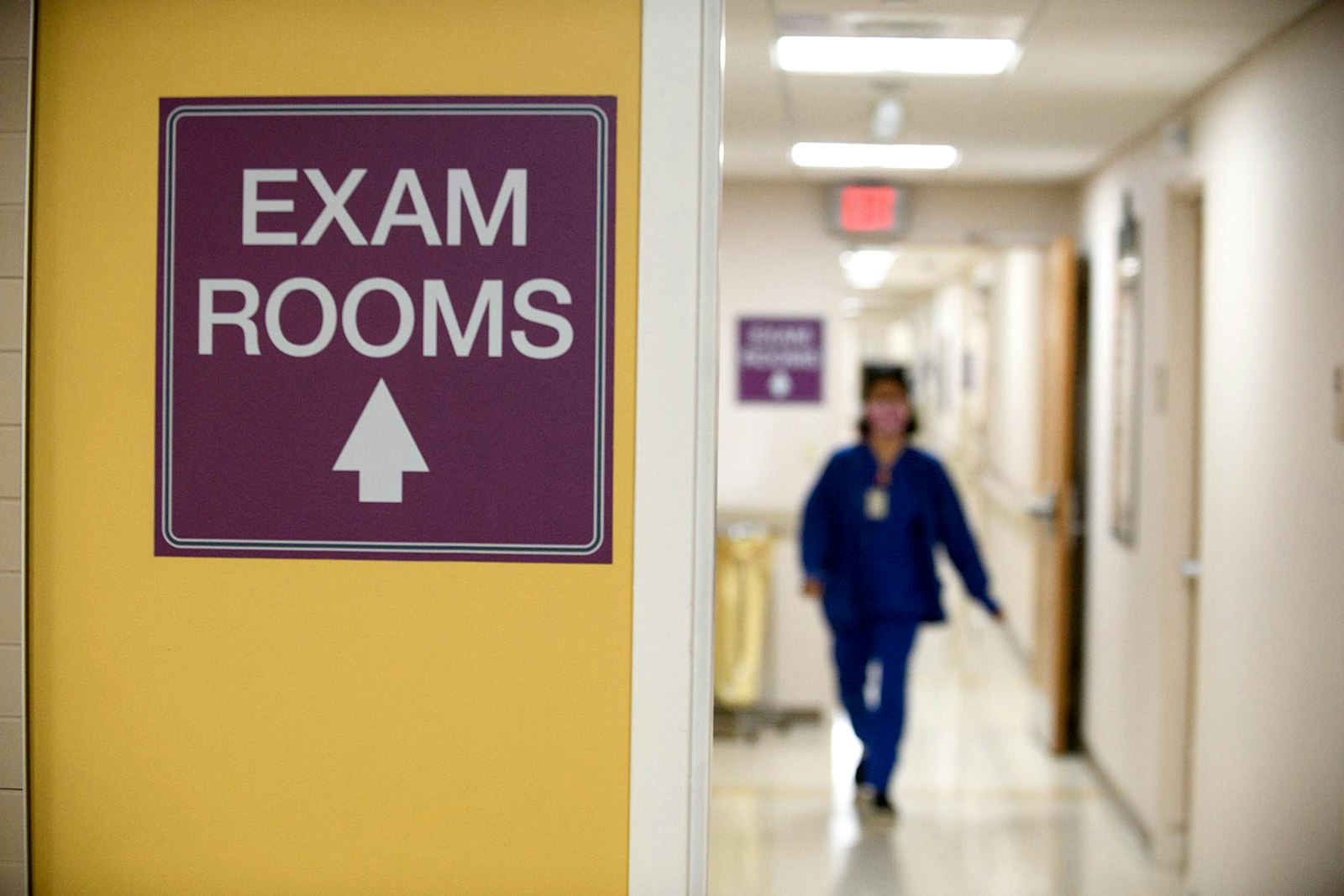If you are diagnosed with certain types of leukemia, lymphoma, or multiple myeloma — cancers that begin in blood cells within the bone marrow — you may benefit from a blood or marrow transplant as part of your cancer treatment plan.
The Osborn Hematopoietic Malignancy and Transplantation Program, WVU Cancer Institute’s accredited Blood and Marrow Transplant (BMT) program, is the only source for blood and marrow transplants in West Virginia.
As a designated “Center of Excellence,” our program is staffed with a skilled, compassionate team that oversees an average of 70 blood and marrow transplants each year.
Understanding the Link Between Bone Marrow, Stem Cells, and Healthy Blood
Bone marrow is a soft, sponge-like tissue found in the center of most bones. In it lies a particular type of stem cell called hematopoietic stem cells, which develop into the body’s blood cells.
In simple terms, bone marrow helps create the blood cells that circulate throughout the body.
Cancers, such as leukemia, lymphoma, and multiple myeloma, which begin in the blood, may damage patients’ bone marrow, leaving it unable to create new, healthy blood cells. High-dose chemotherapy and radiation, given as part of a cancer treatment, may also sometimes cause damage to bone marrow.
The Blood or Marrow Transplant Process
In a bone marrow or peripheral blood stem cell transplant, healthy stem cells are transplanted into a patient to replace their diseased bone marrow and cancerous blood cells.
Patients whose blood stem cells have been damaged by cancer or by treatment, including chemotherapy or radiation, may be candidates for a blood or marrow transplant.
We harvest stem cells either from yourself or from a donor.
When bone marrow transplants are performed using cells from your own body, it’s known as an autologous transplant. The purpose of this transplant is to give higher doses of chemotherapy in order to be more effective against your cancer. We first mobilize and collect your own stem cells. These cells are then frozen, stored, and infused back into your body following radiation or chemotherapy treatment.
When donor stem cells are used, the procedure is called an allogenic transplant. During this treatment, healthy stem cells are donated by another person who is a marrow or blood donor match. The purpose of this transplant is to use the donor’s cells to fight your cancer.
Types of stem cell transplants
Healthy stem cells are sourced in three main ways:
Bone marrow transplant
Stem cells are harvested from the bone marrow of the patient or a donor. Bone marrow is typically sourced from within the hip bone.
Peripheral blood stem cell transplant
Stem cells are collected from circulating blood, taken from the patient or a donor, and then transplanted.
Cord blood transplant
Stem cells are harvested from umbilical cord blood and then transplanted.
After they are harvested, healthy stem cells are transplanted via an infusion through a central venous catheter in a process that’s similar to a blood transfusion.
Cutting-edge Treatments
The WVU Cancer Institute provides patients with the newest transplant therapies available, including chimeric antigen receptor (CAR) T-cell therapy. Approved by the Food and Drug Administration (FDA) for the first time in 2017, CAR T-cell therapy is a ground-breaking treatment option in which a cancer patient’s T-cells — cells that play a key role in the body’s immune system response — are collected from their blood. The T-cells then undergo laboratory modifications that “program” them to attack cancer cells before being infused back into the patient. This innovative immunotherapy allows patients to fight cancer using modified versions of their body’s own cells.
The WVU Cancer Institute is the only site in West Virginia currently offering CAR T-cell therapy.
Preparing for a Transplant
A blood or marrow transplant is a complex procedure. It often requires lengthy hospitalization and days of “conditioning” beforehand — pre-transplant chemotherapy and/or radiation to destroy cancer cells and prepare the bone marrow to accept new stem cells.
Many people experience side effects, including fatigue, nausea, and hair loss due to chemotherapy and radiation. You may be more susceptible to illness following a transplant until new stem cells are able to create adequate levels of white blood cells to fight off infections.
You should take time to carefully consider all of the potential benefits and risks of a transplant. Your oncologist will talk with you about your options and any risks when considering treatment.
For those diagnosed with certain cancers of the blood cells within the bone marrow, blood transplants can — and do — save lives. If this choice is right for you, our team of experts is here to help you navigate every step of your transplant journey.
